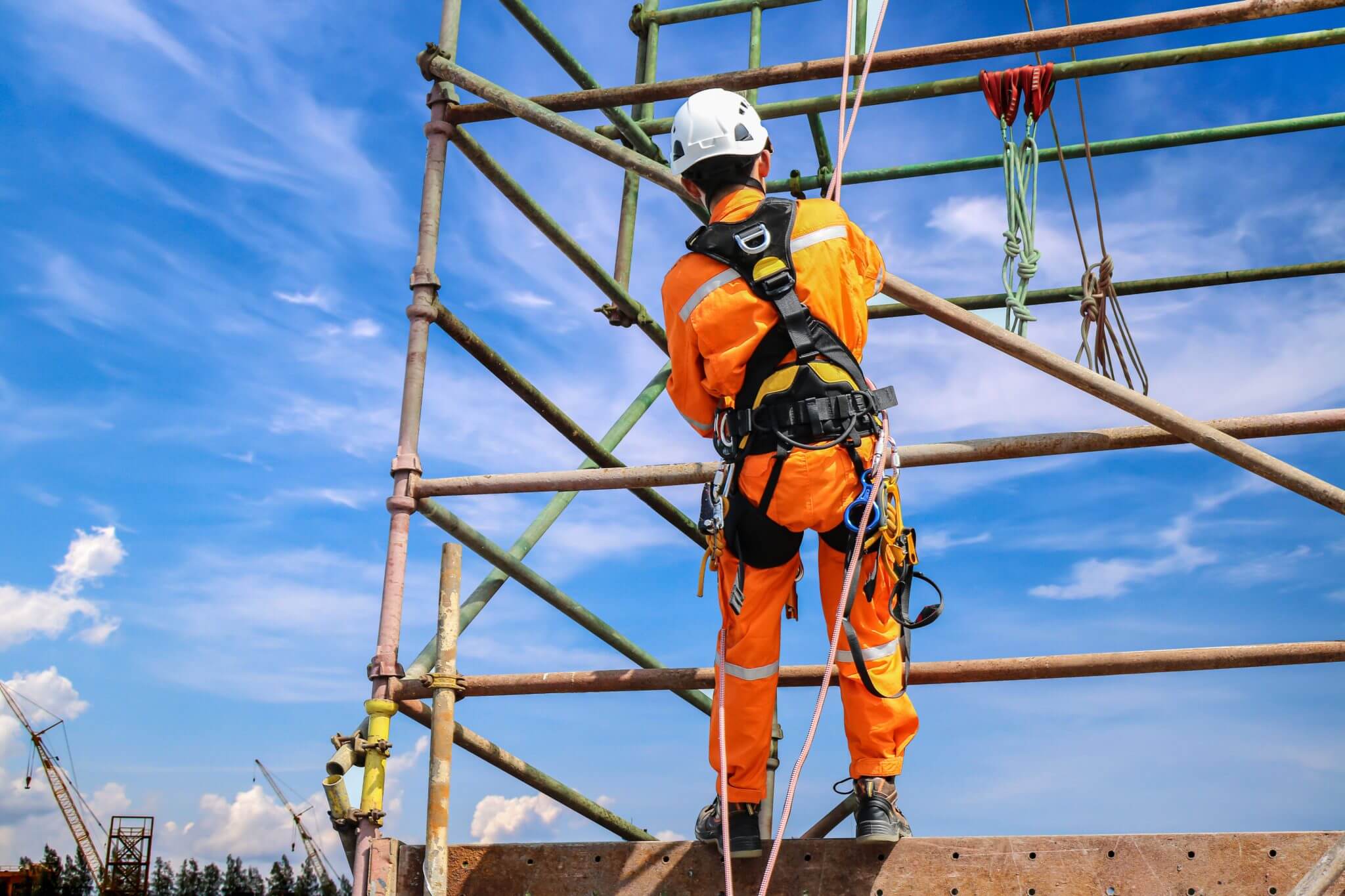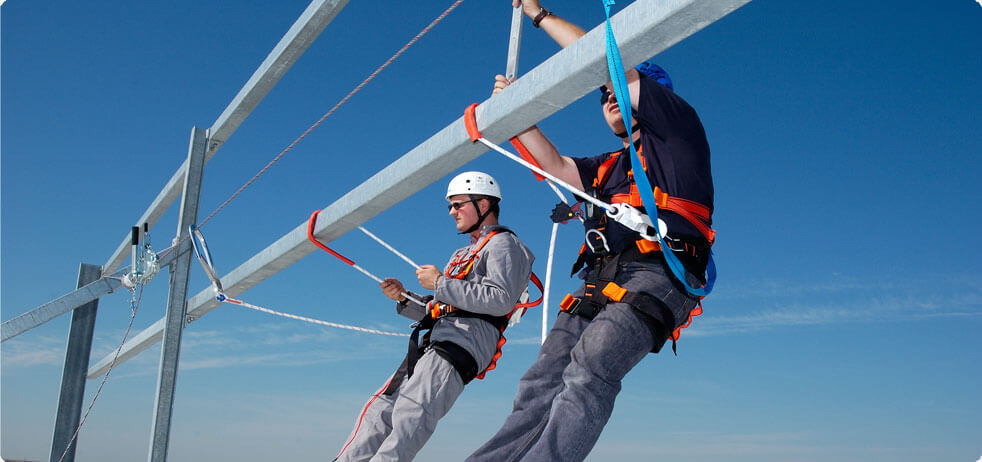Manual Handling
Manual handling training is intended for anybody that is involved in the movement of loads. Manual handling is one of the most common causes of injury at work. In Ireland today, it accounts for one-third of all workplace accidents. To try and combat this, the Manual Handling Regulations were introduced. The Regulations lay out duties for both employees and employers. They give a general requirement that employees must be trained to manually handle correctly, including the use of any equipment their employer provides to handle loads safely.






